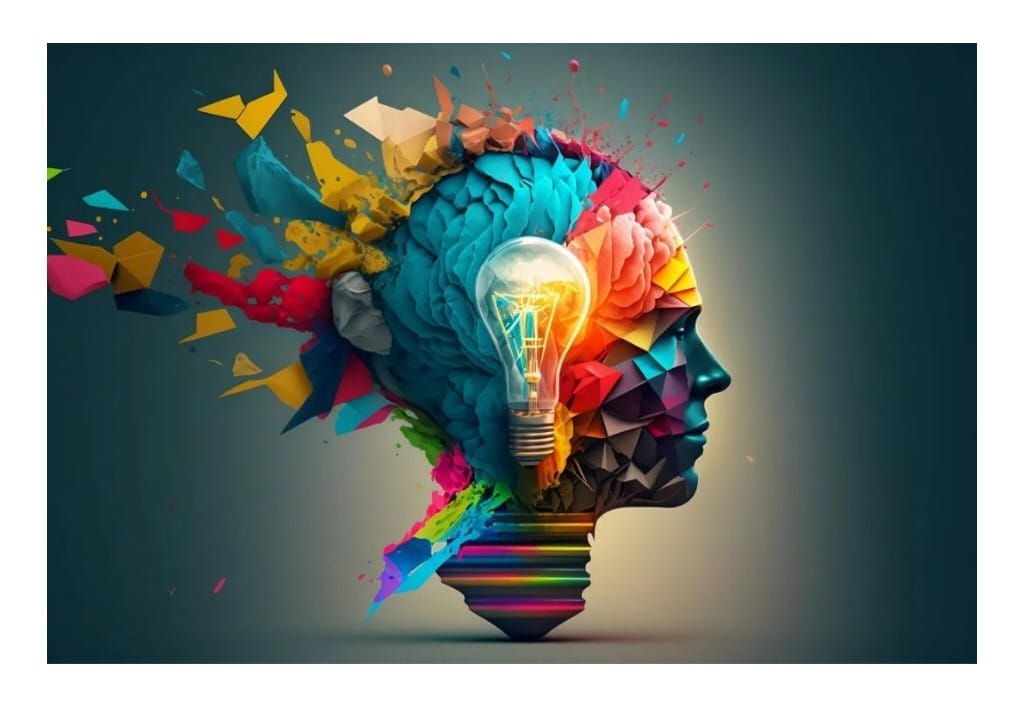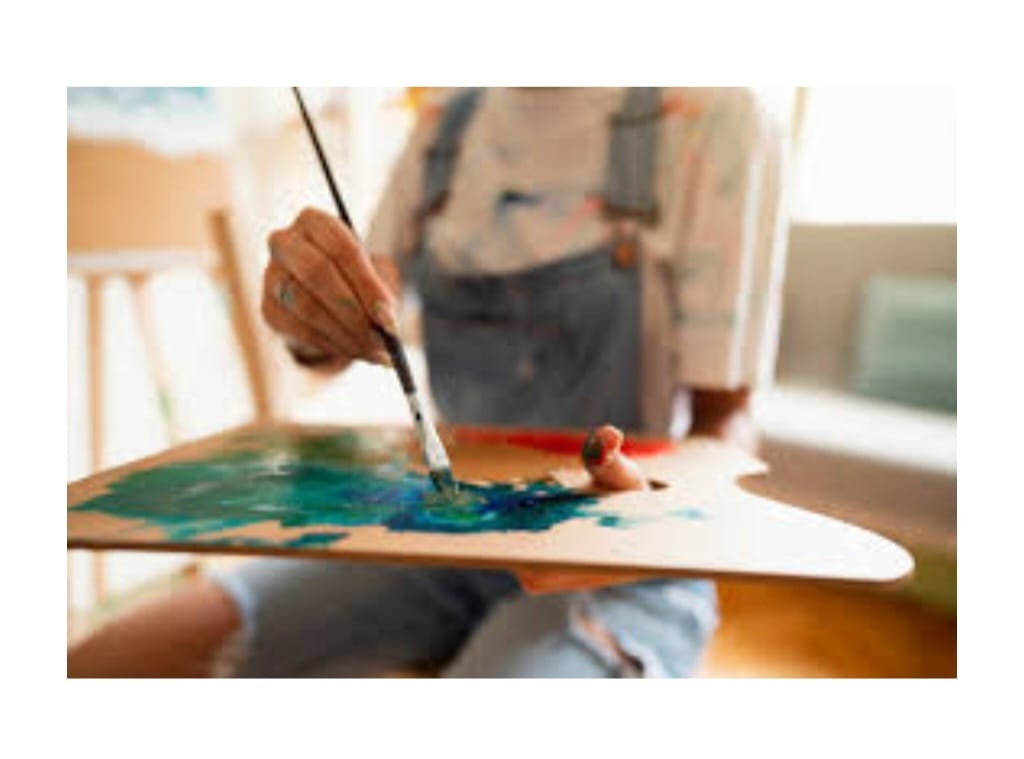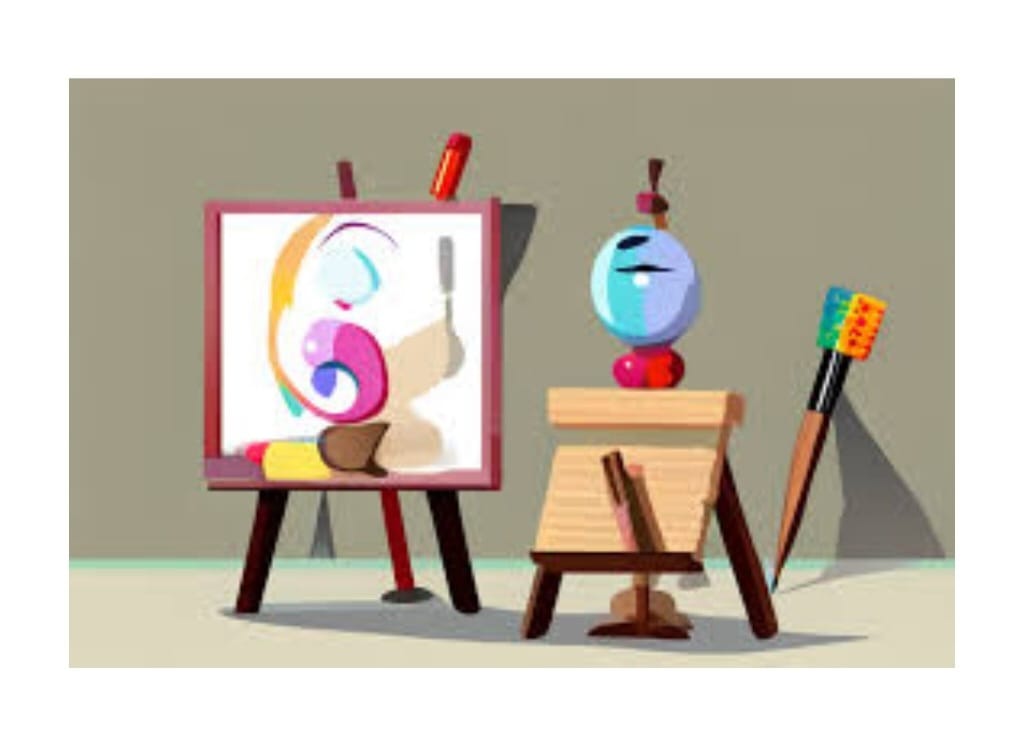Art has the power to change the world because it serves as a universal language that transcends boundaries and communicates complex ideas and emotions. Through various forms such as paintings, sculptures, music, literature, and performances, art has the ability to evoke empathy, inspire action, provoke thought, and challenge societal norms.

Art has the power to provoke introspection and ignite conversations about important social issues such as human rights, environmental conservation, diversity, and equality. It can shine a light on the struggles and triumphs of marginalized communities, giving them a platform to be heard and understood. Art can challenge prevailing narratives and perspectives, offering alternative views and questioning the status quo. Furthermore, art has the ability to evoke powerful emotions and create connections between individuals from different backgrounds and cultures. It can foster empathy and understanding by allowing people to step into the shoes of others and see the world from their perspective. Art can unite people under a common cause or shared experience, fostering a sense of community and solidarity.

Art has the power to inspire change by sparking creativity, innovation, and critical thinking. It can push boundaries, defy conventions, and break down barriers, leading to new ways of seeing, thinking, and being. Artistic expression encourages experimentation and risk-taking, pushing individuals and societies to evolve and grow. Art has the power to preserve and celebrate culture and heritage, keeping traditions alive and passing on knowledge to future generations. It serves as a reflection of society, capturing the essence of a particular time and place for posterity. Through art, stories are told, histories are preserved, and identities are affirmed. In times of turmoil and upheaval, art has the ability to provide solace, hope, and healing. It offers a means of expression and catharsis, allowing individuals to process their emotions and experiences in a creative and constructive way. Art can be a form of resistance and resilience, standing against injustice and oppression.
Art has the power to transcend barriers of language, geography, and time, reaching across generations and borders to create a sense of interconnectedness and shared humanity. It can bridge divides and foster communication, opening up dialogue and understanding between diverse communities. Art can challenge prejudices and stereotypes, promoting tolerance, acceptance, and inclusivity. 
Ultimately, art has the power to change the world because it has the ability to touch the hearts and minds of people in profound and meaningful ways. It has the capacity to inspire, educate, empower, and mobilize individuals and societies towards positive change and transformation. Through its beauty, creativity, and diversity, art has the potential to shape a more just, compassionate, and harmonious world for all.